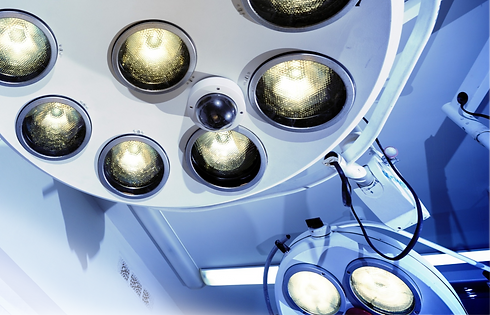
WHAT IS A DCR?
DCR, or dacryocystorhinostomy, is a surgery that creates a new tear drain between the eye and nose when your current tear drain becomes blocked or obstructed.
The result of a blocked tear drain is that tears become backed up and spill over the eyelids, just like when crying.
DCR is the most common surgical solution to an obstructed tear drain. The procedure is routine and has a high success rate (more than 90%) for adults who have not had prior nasal surgery or disease.
In a DCR, your surgeon will create a new tear drain from the blocked sac directly into your nose to bypass the obstruction. A fine, soft silicone stent may be temporarily left in the new tear drain (between 1-6 months) to keep the new drain from closing during healing.

WHERE IS A DCR PERFORMED?
Your DCR surgery will be performed at an outpatient surgery center. The surgery is done under local or general anesthesia. You may need to use antibiotic ointment or drops after the surgery. Recovery generally lasts a week.
IS THE SURGERY EFFECTIVE?
For most patients, the DCR procedure successfully stops excessive tearing. There is little to no discomfort after the procedure.
WHO PERFORMS THE SURGERY?
The DCR procedure is usually performed by an ophthalmic plastic and reconstructive surgeon. Dr. Lee is not only a board certified ophthalmologist, he also completed a fellowship specializing in disease and problems of the eyelid, tear drain, and orbit (the area around the eye). Should you choose to undergo the DCR procedure, you are in experienced hands.
WHAT IS ENDOSCOPIC DCR?
Contrary to the classic external approach implemented in the DCR procedure, the endoscopic approach has quickly proven itself to be just as effective. As opposed to the potentially scarring facial incision done during the external approach, the endoscopic method takes advantage of current technology by utilizing a small camera that is inserted into the nasal cavity without need of an intrusive incision. Advantages to this approach include less post-surgery scarring and shorter recovery time. Dr. Lee is one of the few surgeons in our area who is able to offer this approach!

